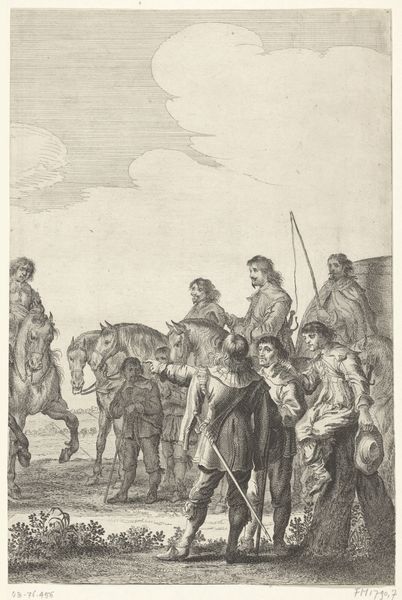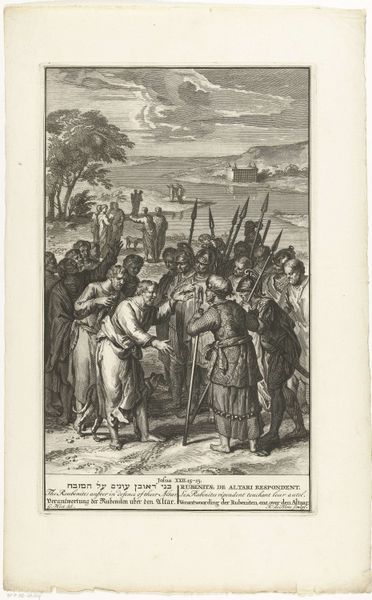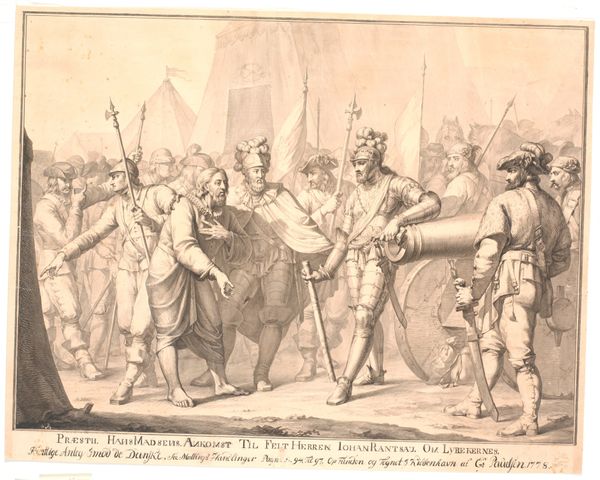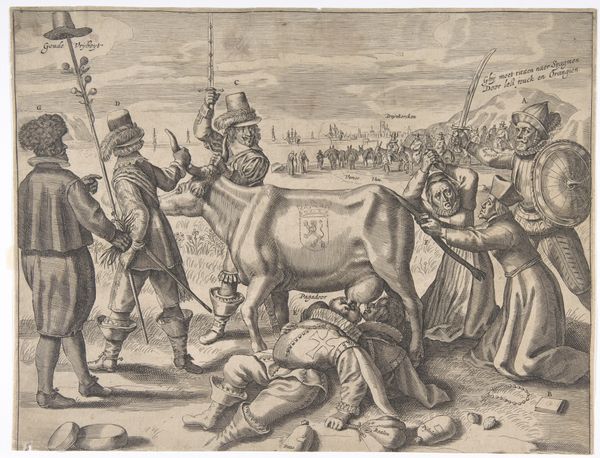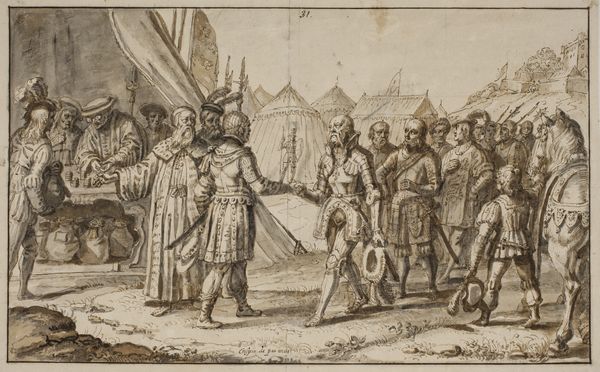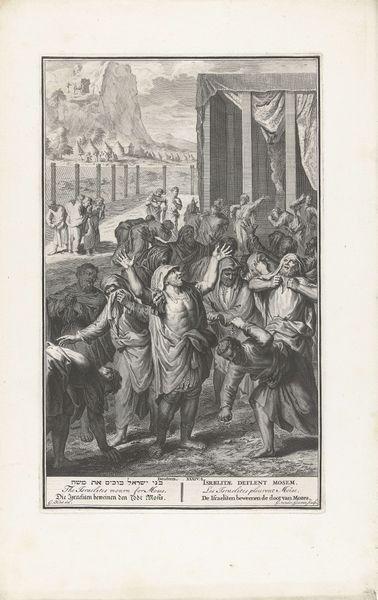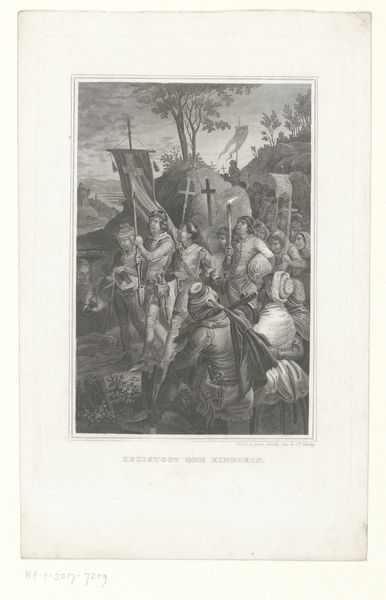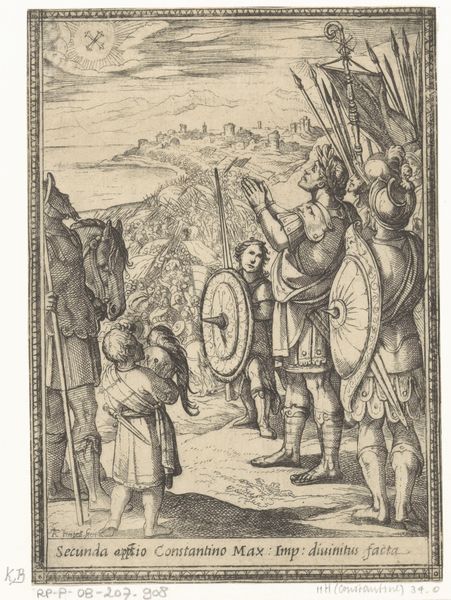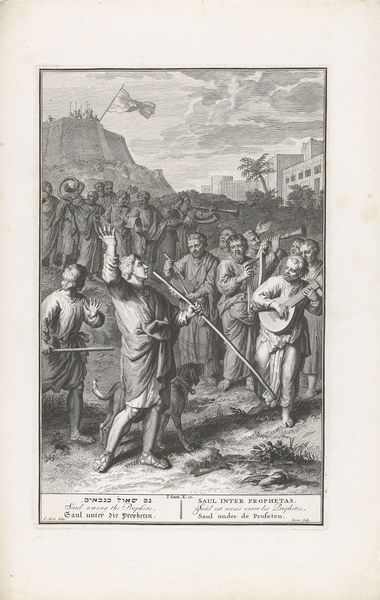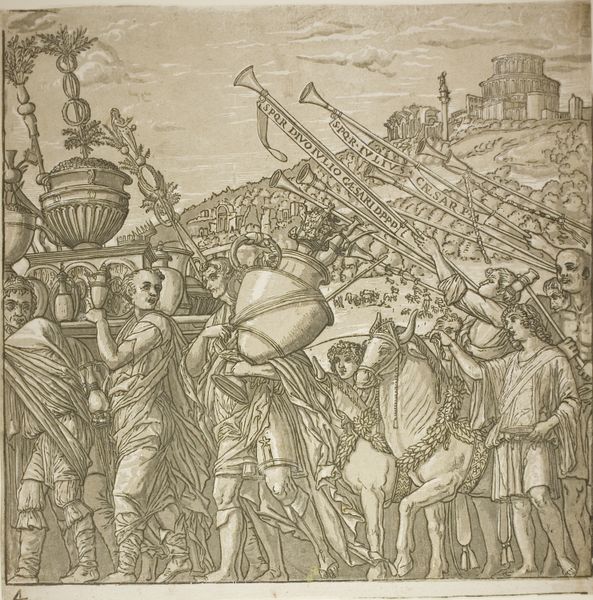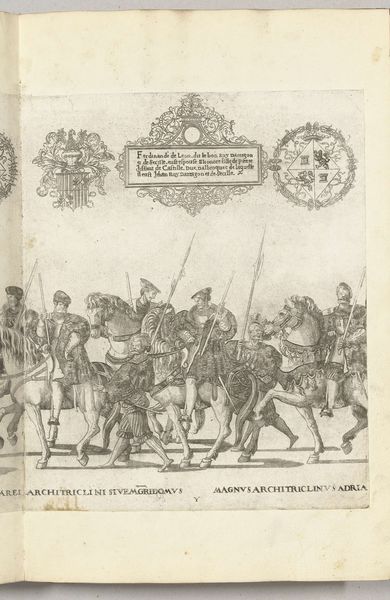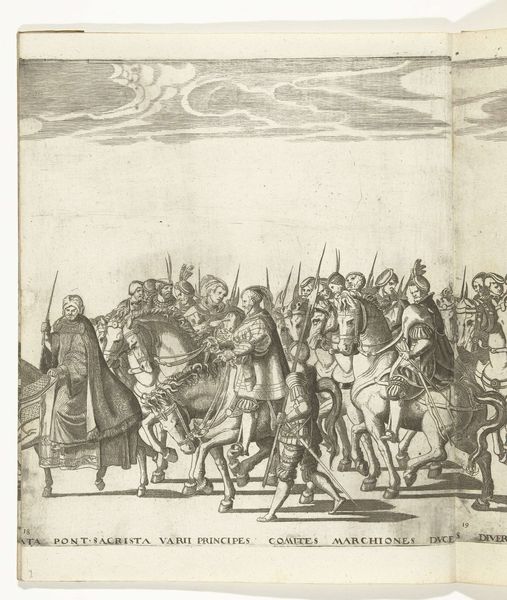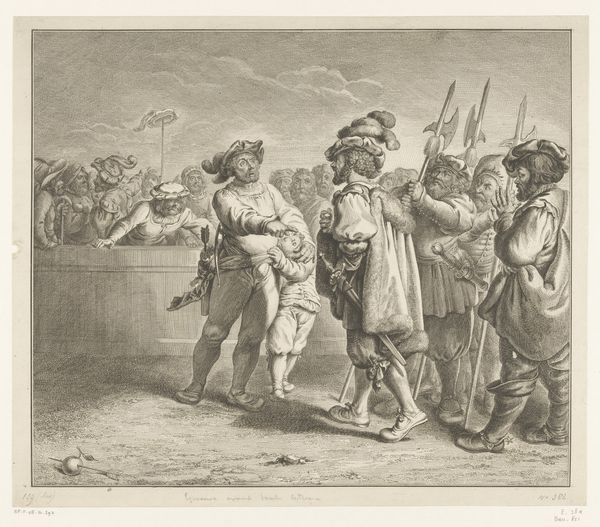
print, engraving
#
medieval
#
narrative-art
# print
#
figuration
#
line
#
history-painting
#
engraving
Dimensions: 167 mm (height) x 96 mm (width) (bladmaal)
Curator: Look at this fascinating engraving; it's called "H. Madsen" made in 1786 by Georg Christian Schule. Editor: It strikes me immediately as meticulously detailed. The artist has truly captured the interplay of shadow and light with an almost hypnotic intricacy. Curator: Absolutely, but let's place it in its historical moment. Given its aesthetic qualities and the figuration, "H. Madsen" certainly invites exploration into the public role of art and its impact. What narrative do you think this engraving communicates, considered as a form of visual rhetoric? Editor: Focusing on the formal properties, note the masterful use of line. Observe how Schule manipulates it to construct figures with impressive three-dimensionality in what I'm assuming is an attempt to lend authority to its central figure. Curator: Precisely! Think about the significance of prints in disseminating imagery in the late 18th century. How did artworks such as "H. Madsen" play a role in shaping public sentiment and reinforcing societal norms or challenging those norms? Editor: True, the figures are arranged according to very precise semiotic relations to each other and, of course, relative to that commanding tent in the background. Curator: It seems intended to memorialize or perhaps even valorize a certain event or person—it begs the question who H. Madsen was, and what his significance would have been to the print's contemporary viewers. Perhaps we need to consider if there’s a link to a military event or figure relevant to that time. The clothing hints it to being perhaps a remembrance from the past rather than a depiction of a contemporary. Editor: I concur; and those tents definitely lend the whole scene a militaristic quality that really can’t be ignored, setting the context of power, perhaps of conquest, perhaps even just an assertion of place. Curator: I found considering how prints can inform our understanding of historical narratives to be a very valuable practice in art historical scholarship. What did you take away from our exchange? Editor: Focusing on form has enabled me to view that historical contextualization in a fresh way—thanks to Schule’s print, I can clearly discern a narrative through line, shape and dark vs light contrast.
Comments
No comments
Be the first to comment and join the conversation on the ultimate creative platform.
